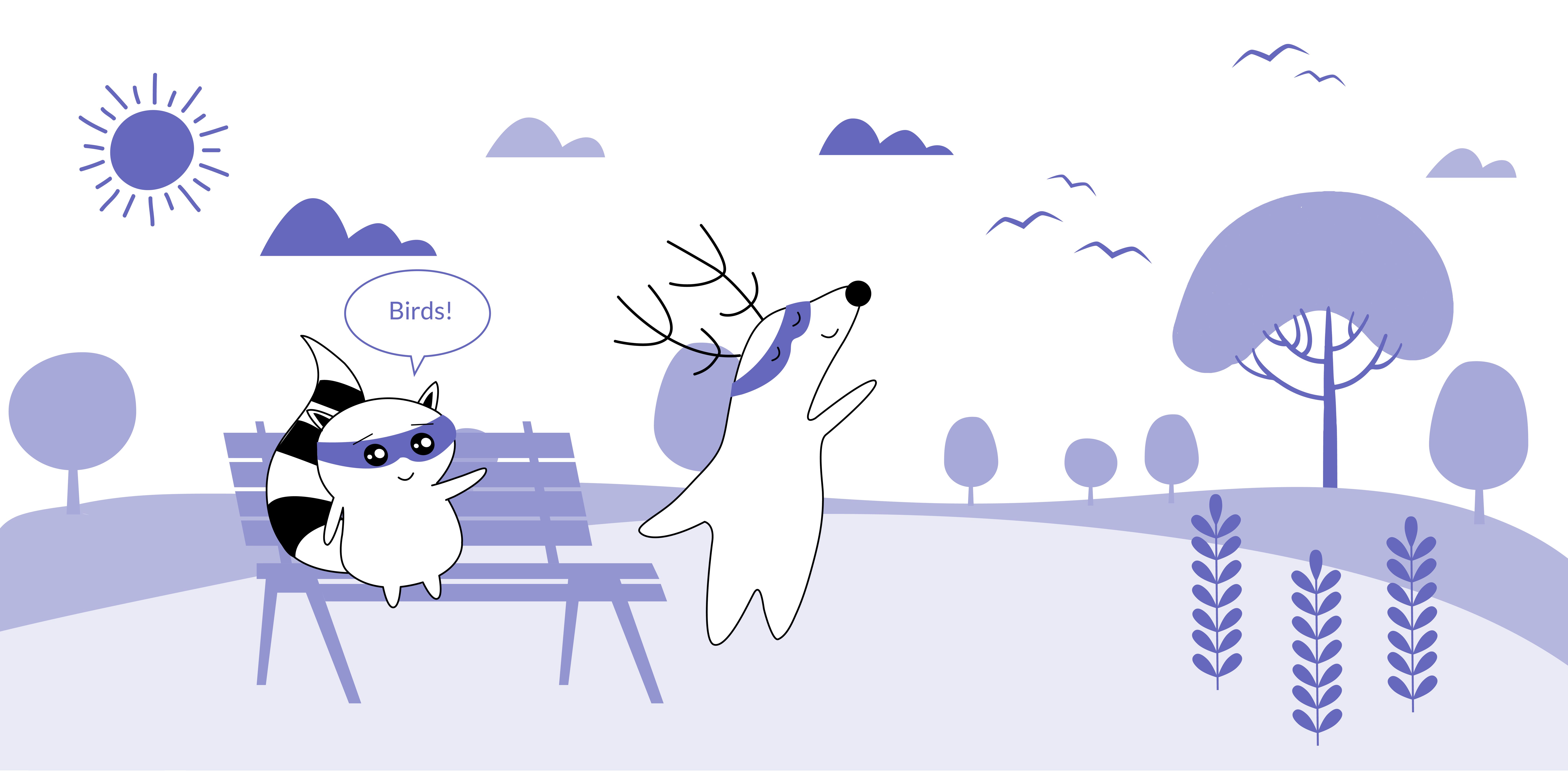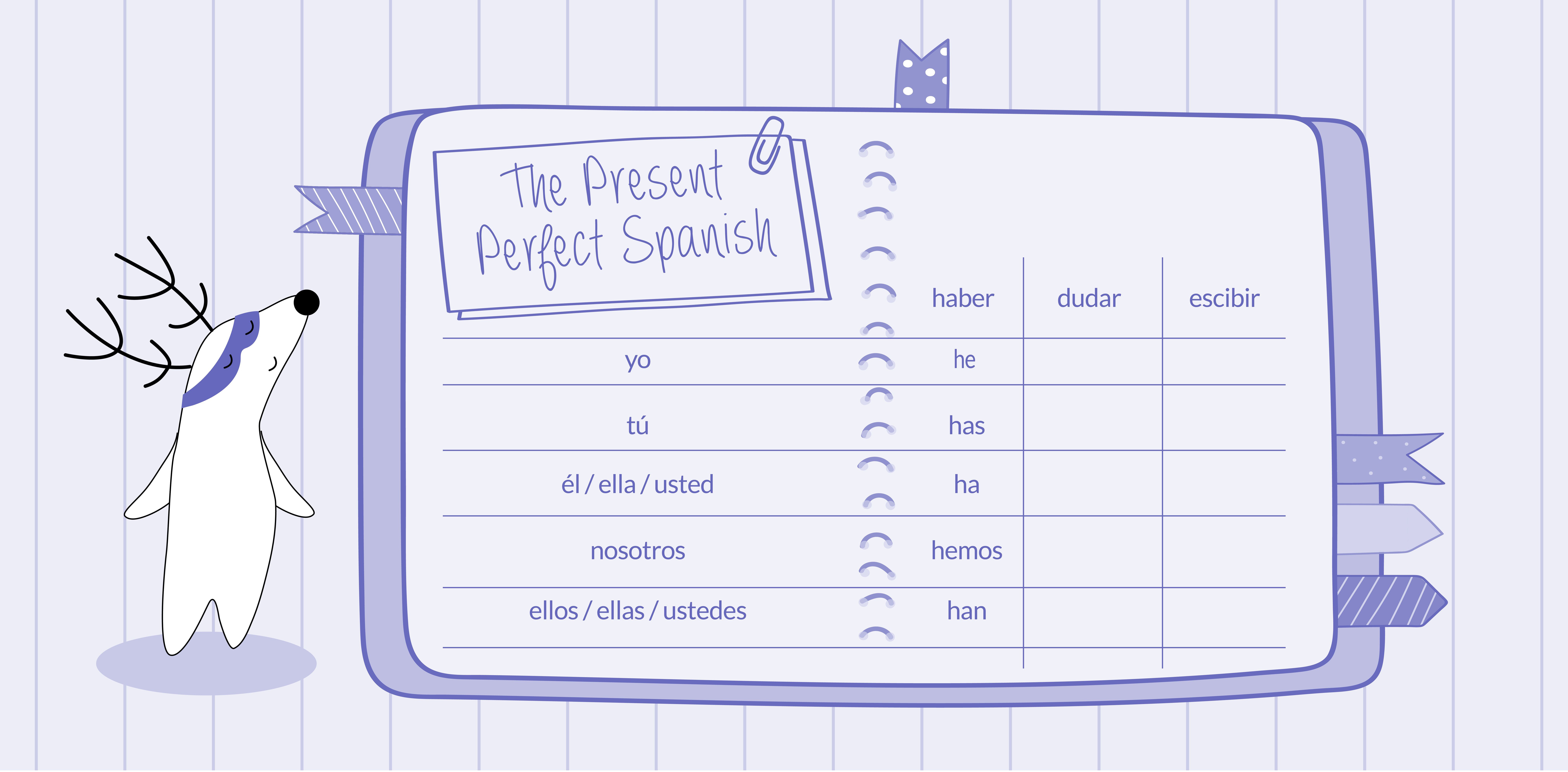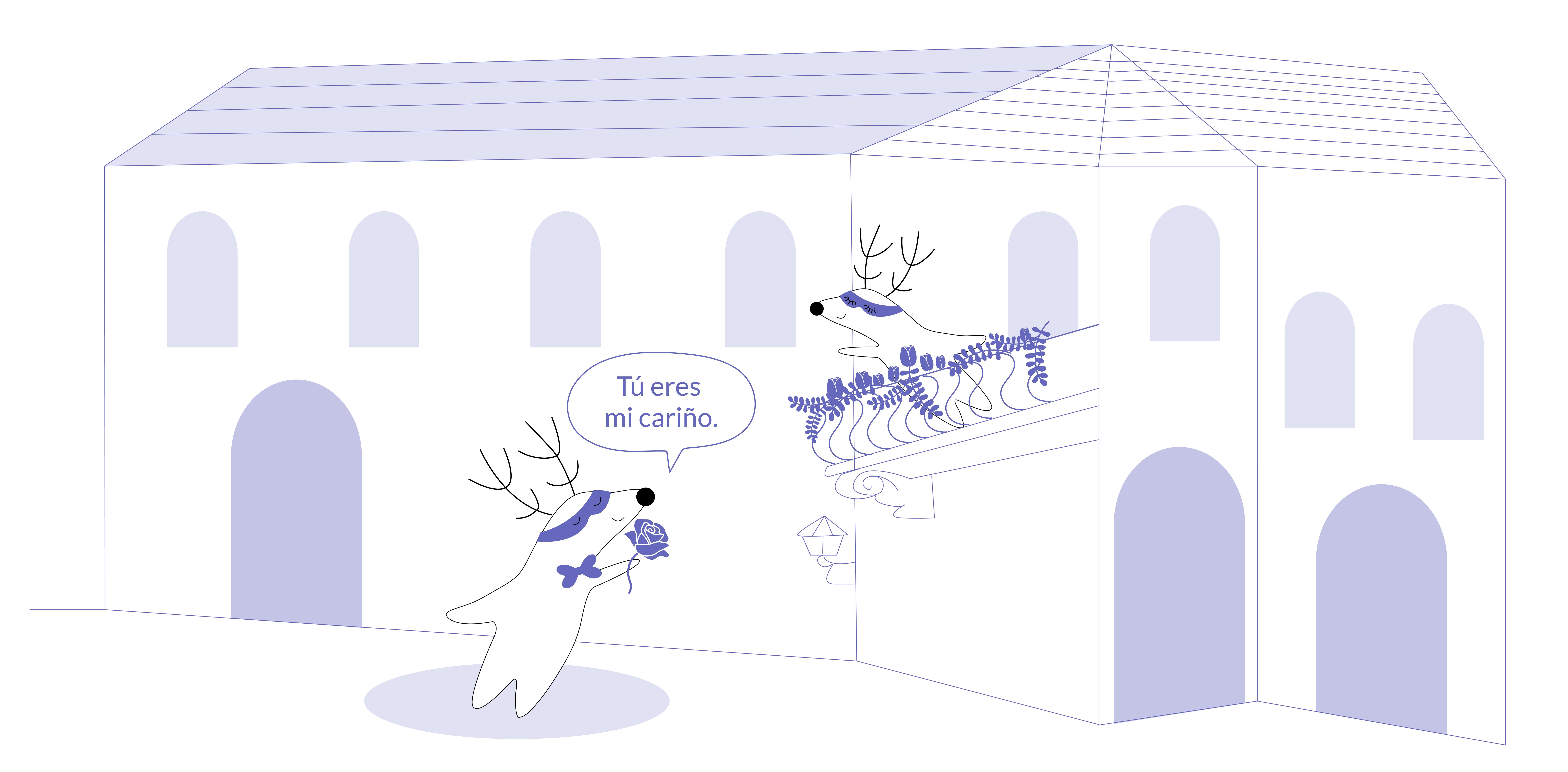
Imagine you find yourself wandering the trails of Costa Rica's cloud forests, binoculars in hand, surrounded by the melodious calls of exotic birds. Every step forward is an opportunity to spot a vibrant Scarlet Macaw or the elusive Resplendent Quetzal.
Now, envision magnifying that experience by not only identifying these feathered marvels but also calling them by their Spanish names. As an English speaker learning Spanish, the world of birdwatching opens up a brilliant avenue to immerse yourself in the language, making every sighting a learning moment.
This article isn't just about birdwatching; it's a journey into the heart of Spanish immersion, where the rhythm of wings beating against the sky becomes the dance of words on your tongue. By marrying your passion for birdwatching with the goal of mastering Spanish, you’ll create a dynamic learning environment outside of the typical classroom.
Get ready to soar through your Spanish lessons with Langster as your co-pilot, discovering the names, diets, and habitats of the winged wonders that call the Spanish-speaking world their home.
Learn Spanish with Langster
Aves Comunes (Common Birds)
Before we delve into the names of these majestic creatures, it's important to appreciate the diversity of avian life within different Spanish-speaking regions. The sheer variety of species, from the deserts of Mexico to the southernmost edges of Patagonia, is nothing short of spectacular.
As an English speaker, naming these birds (las aves) in Spanish can enrich your vocabulary with words that capture the essence of their beauty and the ecosystems they inhabit.
Here, we provide a list of 10 different birds that are not only common in these bio-rich areas but also fascinating subjects for any language enthusiast with a penchant for ornithology.
As we explore these bird names, we'll share insights about their diets, nesting habits, and the unique role they play in their natural habitats—details that will make identifying them in Spanish all the more rewarding.
El Colibrí (Hummingbird)
Spanish
English
El colibrí.
Hummingbird.
Known for their incredible ability to hover, these tiny birds (los pájaros) have a high metabolism and primarily feed on nectar. Their Spanish name is as vibrant as their iridescent feathers.
La Paloma (Pigeon)
Spanish
English
La paloma.
Pigeon.
Often found in urban settings, pigeons are versatile feeders, which has allowed them to thrive across varied environments. Paloma conveys a sense of peace in many cultures.
El Zorzal (Thrush)
Spanish
English
El zorzal.
Thrush.
These medium-sized, migratory birds are celebrated for their melodious songs and can be found in woodlands. Zorzales often feast on fruits and insects.
El Halcón (Falcon)
Spanish
English
El halcón.
Falcon.
Powerful birds of prey, falcons have keen eyesight and are known for their high-speed dives during hunting. The word halcón denotes their regal bearing exceptionally well.
El Gorrión (Sparrow)
Spanish
English
El gorrión.
Sparrow.
Ubiquitous across countrysides and cities, these small (and numerous!) birds feed on seeds and small insects. Gorrión rolls off the tongue much like their chirpy conversations.
El Búho (Owl)
Spanish
English
El búho.
Owl.
Mystical and nocturnal, owls symbolize wisdom. With their silent flight and acute hearing, they are adept hunters of the night.
La Garza (Heron)
Spanish
English
La garza.
Heron.
Often seen standing statuesque in waterways, herons are expert fishers. Garza captures the gracefulness of these long-legged birds.
El Cuervo (Crow)
Spanish
English
El cuervo.
Crow.
Highly intelligent and adaptable, crows have a complex social structure and can be found almost everywhere. The term cuervo echoes their enigmatic presence.
El Canario (Canary)
Spanish
English
El canario.
Canary.
Known for their bright yellow feathers and delightful song, canaries are popular as pets. In the wild, they are equally vivacious.
La Golondrina (Swallow)
Spanish
English
La golondrina.
Swallow.
With their distinctive forked tails and adept aerial acrobatics, swallows are a marvel to watch as they dip and dive, catching insects on the wing. The name golondrina suggests their elegant flight patterns.
Other popular birds in Spanish include:
Spanish
English
Pinguinos.
Penguins.
Loro.
Parrot.
Pavo real.
Peacock.
Bird Food

Understanding the dietary preferences of birds not only enhances our birdwatching experience but also our comprehension of their ecological roles. Listed below are various types of bird food, which may vary from species to species, reflecting their unique adaptations and habitats.
Néctar (Nectar)
Spanish
English
Néctar.
Nectar.
A favorite of many hummingbirds and orioles, nectar extracted from flowers provides a high-energy diet and requires a special kind of beak to access.
Semillas (Seeds)
Spanish
English
Semillas.
Seeds.
Seeds are a staple for numerous birds, such as finches, sparrows, and doves. These granivorous creatures play a vital part in seed dispersal, aiding plant proliferation.
Frutas (Fruits)
Spanish
English
Frutas.
Fruits.
Many birds, like tanagers and waxwings, feast on fruit, which offers essential nutrients and can form a huge part of their diet, especially in tropical regions.
Insectos (Insects)
Spanish
English
Insectos.
Insects.
Protein-rich and abundant, insects are consumed by a vast array of birds, including warblers, swifts, and woodpeckers. This food source is critical for growth and reproduction.
Peces (Fish)
Spanish
English
Peces.
Fish.
For piscivorous species such as herons, kingfishers, and ospreys, fish constitute the bulk of their diet, showcasing their spectacular fishing techniques.
Roedores (Rodents)
Spanish
English
Roedores.
Rodents.
Birds of prey like hawks, eagles, and owls often hunt small mammals, displaying their position at the top of the food chain.
Each of these food sources not only sustains various bird species but, intriguingly, influences their behavior, migration patterns, and even physical characteristics. As a Spanish learner merging ornithology with the language acquisition, understanding and articulating these aspects in Spanish will enrich both your vocabulary and knowledge of these avian wonders.
Bird Habitats

Understanding bird habitats is essential for anyone interested in wildlife. Here’s how to talk about bird habitats in Spanish:
Spanish
English
Bosque
Forest
Humedales
Wetlands
Desierto
Desert
Montañas
Mountains
Selva
Jungle
Planicies
Plains
While using the Langster app to move from an A1 to B2 level, integrating vocabulary about habitats into your learning can provide practical language opportunities.
Migratory and Flightless Birds
In Spanish, there are specific terms used to describe birds that migrate and those that cannot fly:
Spanish
English
Aves migratorias
Migratory birds
Aves no voladoras
Flightless birds
Understanding these phrases could lead to fascinating discussions about species like the flightless penguin (pingüino) or the Arctic Tern (charrán ártico), which boasts one of the longest migratory paths.
Other Spanish Names for Birds

In Spanish, the beauty of language shines through its many synonyms and terms that describe the avian world, according to the dictionary.
For example, the word el pájaro is often used generically to refer to any bird, but it chiefly denotes smaller species. Meanwhile, ave, a broader term, encompasses all birds, large and small.
Animal volador, directly translated as "flying animal," is a phrase that may sometimes be used to describe birds, emphasizing their ability to take to the skies.
Other synonyms include avecilla for little or tender birds, and emplumado, which means "feathered one," a poetic term that highlights their most distinctive feature. Each of these words carries nuances that can enrich conversations about these winged creatures in Spanish.
The Bottom Line

Your passion for birds can be the bridge to learning Spanish vocabulary effectively. Whether it's through language learning apps like Langster or immersive experiences in nature, every word learned is a feather in your cap. Keep practicing, and soon you'll be discussing the gorrión en el bosque or the petirrojo en el jardín with ease.
For more language learning insights and exercises, remember to check out the Langster app. Whether accessing our rotating free stories or expanding your horizon with premium content, every step forward in language is a step towards a richer exploration of the world.
Learn Spanish with Langster









